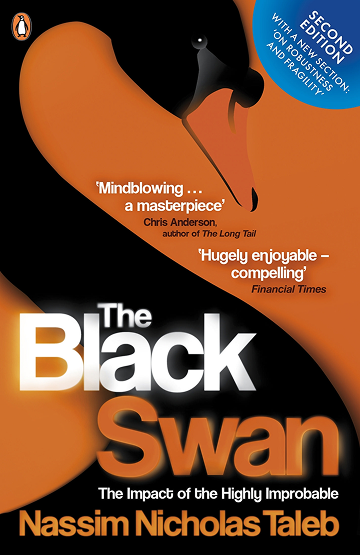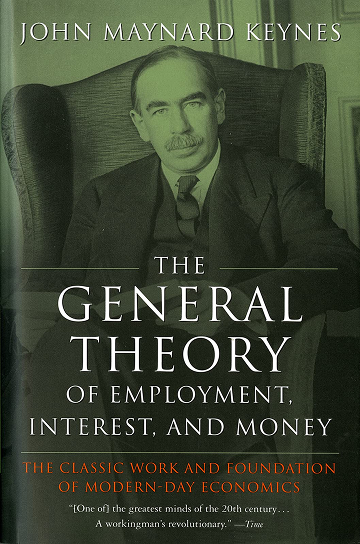Andrew Beal Net Worth, Biography and Key Insights



Andrew Beal’s Profile Summary
|
Company
|
Beal Bank |
|---|---|
|
Position
|
Chairman |
|
Source of wealth
|
Banking and Real Estate Investments |
|
Also known as
|
Andy Beal |
|
Age
|
72 |
|
Education
|
Attended Michigan State University (did not graduate) |
|
Citizenship
|
USA |
|
Residence
|
Dallas, Texas |
|
Family
|
Divorced, nine children |
|
Website, Social Media
|
https://www.bealbank.com |
Andrew Beal’s biography
Andrew Beal, born on November 29, 1952, in Lansing, Michigan, is an American banker, investor, and businessman known for his strategic investments in distressed assets and real estate. His career began in the early 1970s when he purchased his first property, a house in Lansing, for $6,500. He renovated and rented it out, marking the start of his real estate ventures. Beal quickly developed a reputation for identifying undervalued assets and turning them into profitable investments.In 1988, he founded Beal Bank in Dallas, Texas. The bank focused on acquiring distressed financial assets, including non-performing loans and bonds, particularly during economic downturns. His investment strategies were bold but calculated. For example, during the 2001 energy crisis, Beal Bank purchased power generation bonds at discounted prices, which later yielded significant returns. After the 9/11 attacks, Beal seized opportunities in the distressed aviation sector, acquiring debt backed by aircraft.
Beal’s business success is rooted in his contrarian investment philosophy. He believes in buying undervalued assets when others are selling and holding them until market conditions improve. This approach has made him one of the wealthiest individuals in the United States. In addition to banking, Beal is known for his contributions to mathematics. He formulated the Beal Conjecture and offered a $1 million prize for its proof or disproof.
Despite his significant wealth, Andrew Beal maintains a low public profile and prefers to focus on his business ventures and intellectual pursuits rather than public appearances.
-
How did Andrew Beal make money?
Andrew Beal’s journey to becoming a billionaire began with real estate investments in his hometown of Lansing, Michigan. At 19, he purchased a house for $6,500, which he renovated and rented out. His early success in real estate laid the groundwork for his future ventures. By the late 1970s, Beal had built a substantial portfolio of rental properties, which he managed personally.
In 1988, Beal founded Beal Bank in Dallas, Texas. The bank quickly became known for its focus on distressed assets. Beal’s strategy involved purchasing non-performing loans and bonds at deep discounts during economic downturns and holding them until their value appreciated. His most notable investments include buying power generation bonds during the 2001 energy crisis and acquiring aviation-backed debt after the 9/11 attacks.
Beal’s ability to capitalize on market downturns has been a key factor in his financial success. He has repeatedly demonstrated an ability to find opportunities where others see only risk. Today, Beal Bank is one of the largest privately owned banks in the United States, with over $22 billion in assets.
Beal also invested in other industries, including technology and aviation. His disciplined investment strategy and focus on long-term value creation have made him one of the wealthiest individuals in the country. -
What is Andrew Beal net worth?
As of 2025, Andrew Beal’s net worth is estimated to be $12.0 B.
What is Andrew Beal also known as?
Andrew Beal is widely recognized as Andy Beal, a prominent figure in the financial world known for his expertise in distressed asset investments. He is also known for his contributions to mathematics through the Beal Conjecture.Prominent achievements of Andrew Beal
Andrew Beal is notable for founding Beal Bank, successfully investing in distressed assets, and formulating the Beal Conjecture. He has offered a $1 million prize for its proof or disproof.What are Andrew Beal’s key insights?
Andrew Beal believes in seizing opportunities during economic downturns and holding assets until their value appreciates. His philosophy focuses on patience, risk management, and long-term value creation.
Andrew Beal’s personal life
Andrew Beal has been married and divorced twice. He has nine children from his marriages. Beal values his privacy and keeps his personal life out of the public eye.
Useful insights
Understanding market forces
In my experience, to truly succeed as an investor, it’s essential to understand the driving forces behind market behavior. Market movements aren’t random—they’re influenced by a range of economic theories and dynamics. The following books provide valuable insights into these forces, offering a deeper understanding of how global financial markets operate and what shapes their trends.
-
Nassim Nicholas Taleb – "The Black Swan"

-
Summary:
Taleb explores the concept of rare, unpredictable events—so-called "Black Swans"—that can have massive impacts on markets and society. These events are often overlooked by traditional risk management models, leading to devastating consequences when they occur. Taleb illustrates how these unpredictable shocks shape our world, often more than gradual, expected changes.
-
Why read it:
This book challenges conventional thinking about risk and uncertainty, showing that many major historical and financial events were "Black Swans." It's a vital read for investors who want to build resilience in the face of market volatility.
-
-
John Maynard Keynes – "The General Theory of Employment, Interest, and Money"

-
Summary:
Keynes revolutionized economics by focusing on total demand within an economy and its effect on output and inflation. His theory suggested that government intervention could stabilize economic cycles through fiscal and monetary policy. The book also explains the consequences of under-consumption and the role of interest rates in managing economic stability.
-
Why read it:
For investors interested in macroeconomic trends and policy impacts, Keynes’ work is essential. Understanding the Keynesian framework can help investors predict how government actions might influence market performance.
-
Other profiles in category
Popular Financial Guides
Latest Financial News

South Africa unveils digital visas to attract film and events

South Africa invests R710 million to expand free Internet access































































































































